Embroidery artist Yvette Phillips’ love of textiles has been a constant thread throughout her life. From playing with her granny’s sewing box and progressing to making her own clothes and soft furnishings to collecting the vintage fabric that’s now integral to her work.
She’s also been captivated since childhood by the beauty of the birds and small mammals she sees around her. It is this, together with their rich symbolism that inspires her textiles. However, her work is just as much about the materials she uses.
Recycling and reducing waste is important to her, and so is imbuing her work with fragments of the past that would otherwise be lost forever. Yvette has no formal training in embroidery so she focuses on using a limited number of basic stitches well, and combines these with carefully chosen colours, patterns and textures sourced from her vast vintage fabric stash in the attic.
Discover more about Yvette’s journey to becoming an embroidery and textile artist, as well as her inspiration, process and considerations when working with vintage materials.
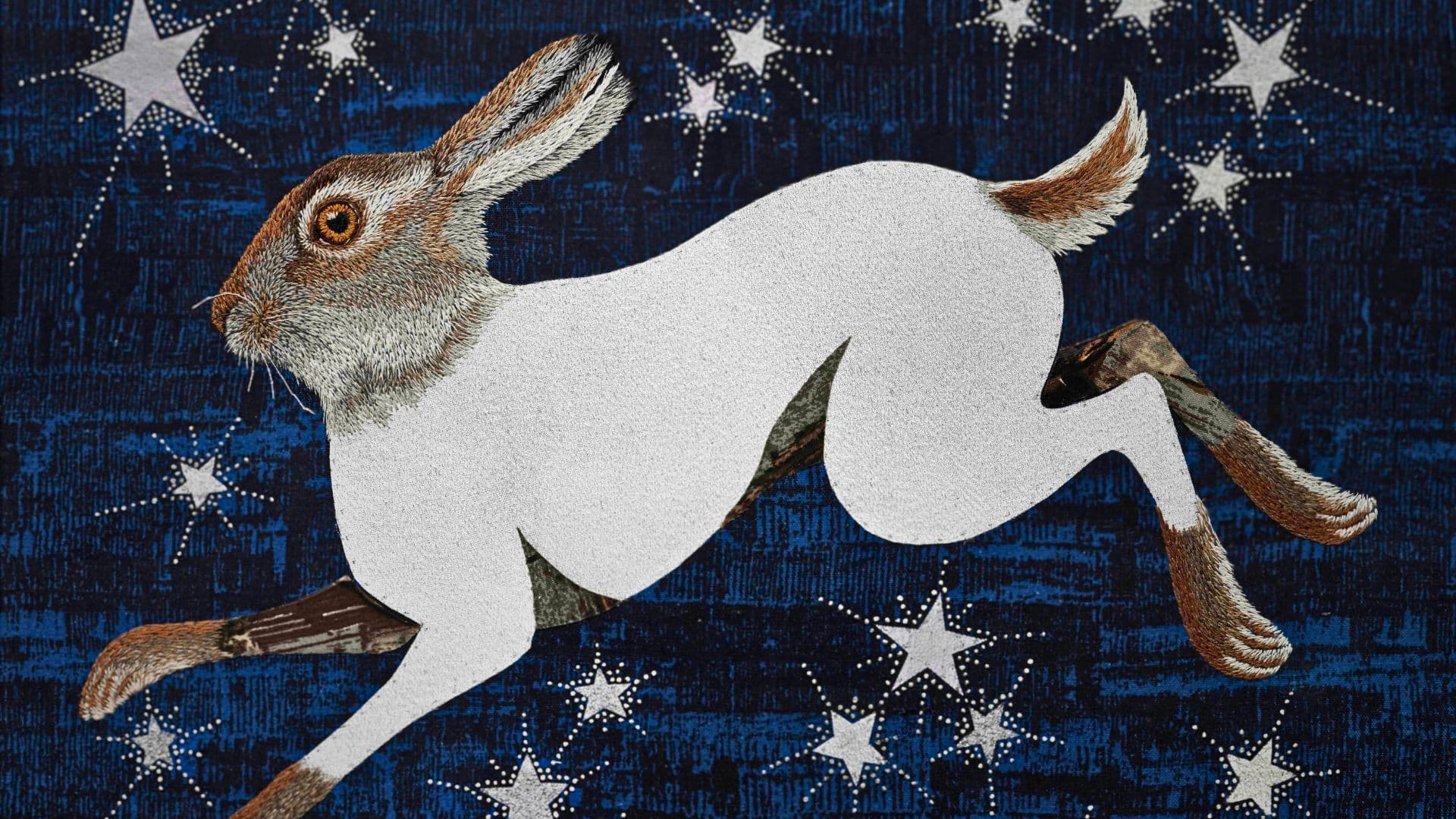
Follow what you love
Yvette Phillips: Growing up in rural Hampshire and Oxfordshire in the 1970s I developed a deep connection and fascination with nature, which continues to this day.
As an artist I’m particularly inspired by the rich symbolism, as well as the beauty of small mammals and birds. These feature heavily in my work, which ranges from large textile collages to smaller, detailed hand embroideries on vintage fabrics. I deliberately try to buy as few new materials as possible, which is fairly easy as I only use vintage fabrics and mostly vintage threads in my work.
I’m usually drawn to birds found locally such as the kingfisher, heron and little egret that are seen on the stream at the front of my house. But sometimes the instinctive need for more colour pulls me further afield. For example, the Lilac-Breasted Roller is a technicolour dream bird from Africa, which I embroidered for the sheer fun of working with colours I rarely use.
I make the art I do because I like it, rather than worrying about whether other people will do so, too.
Yvette Phillips, Textile artist
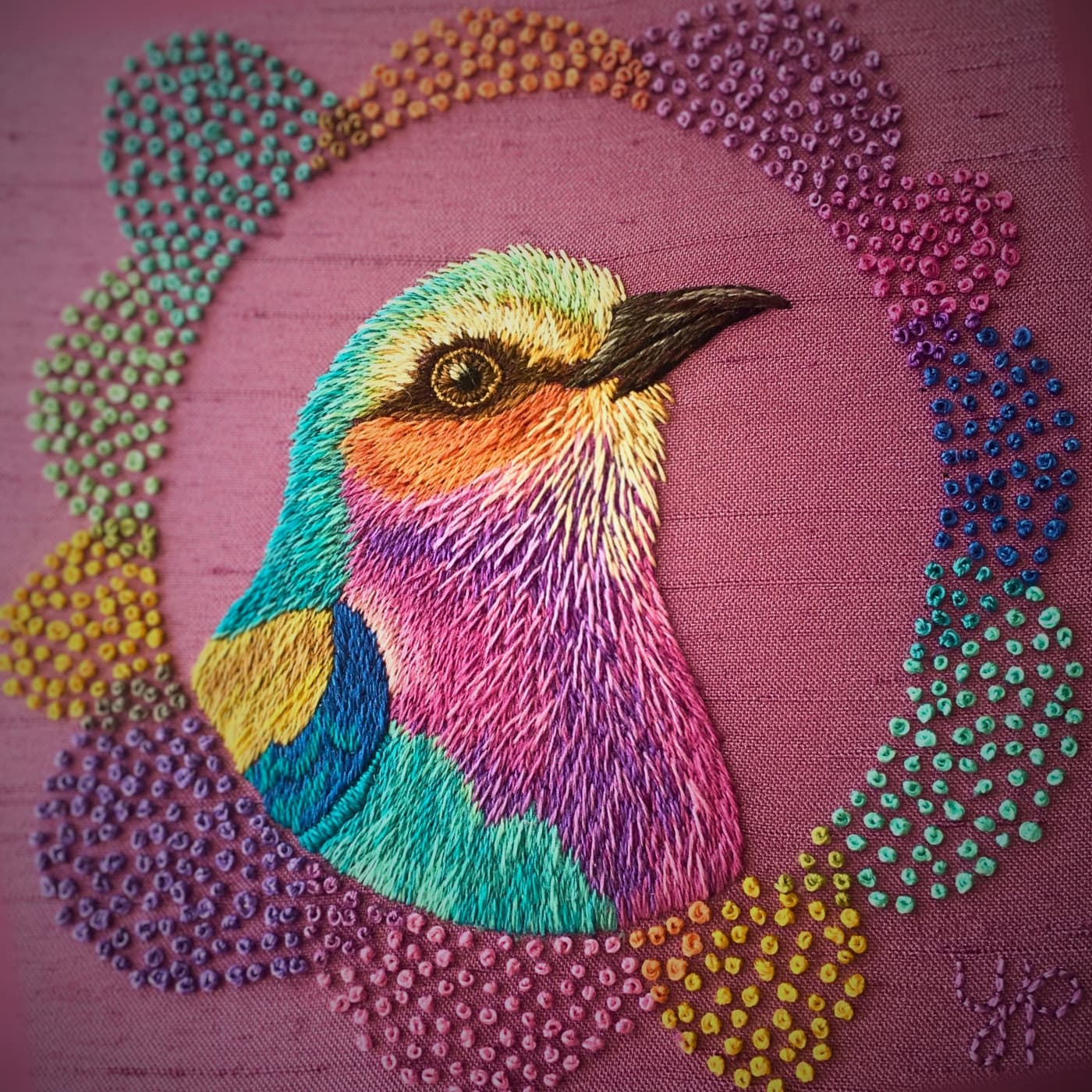
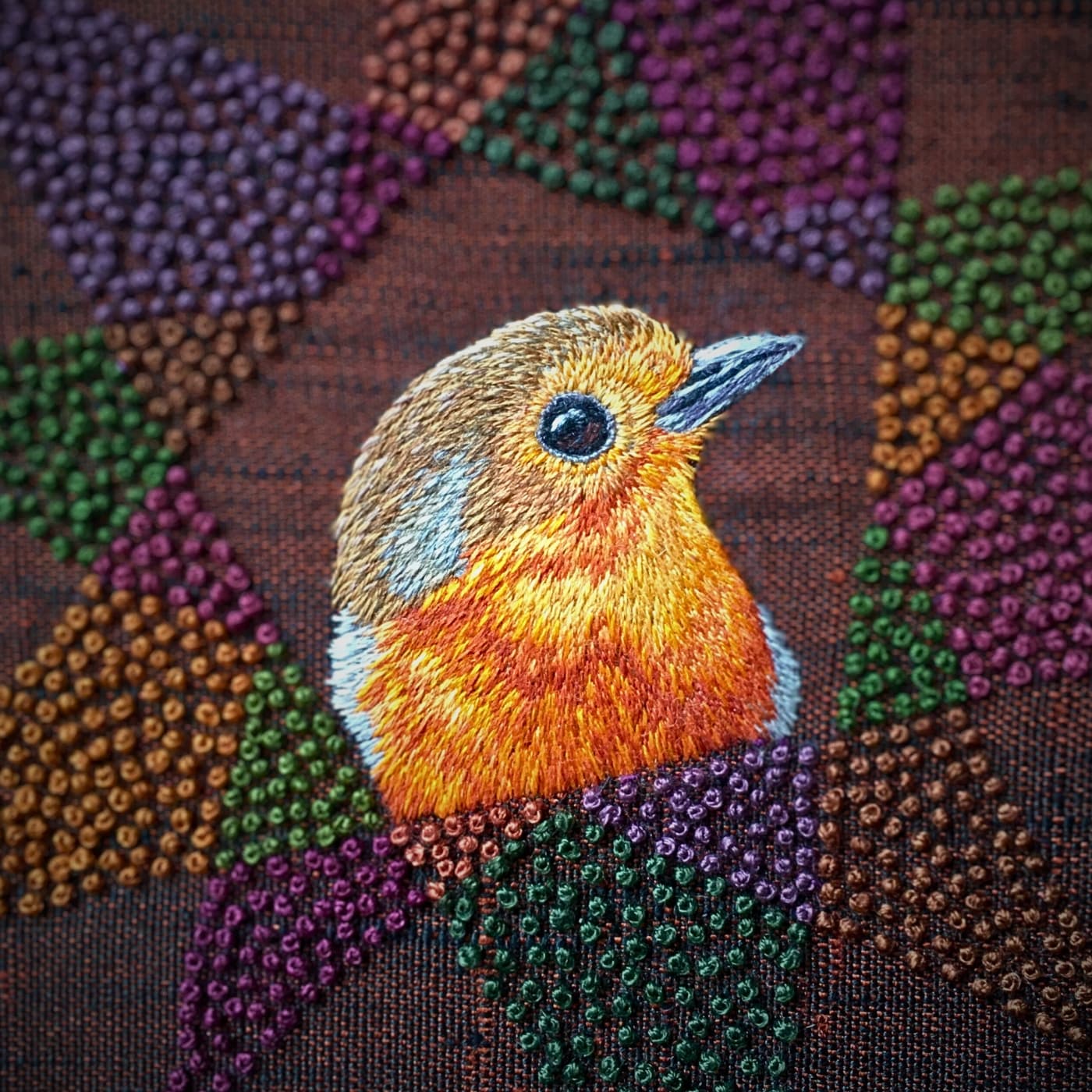
I do it my way
Embroidery artists should feel free to develop their own style and adapt techniques to suit them, just like an artist working in paint or pencil.
While technically perfect embroidery is beautiful to marvel at, I love being able to identify the work of a textile artist solely by their distinctive style.
I do recommend trying new things but I don’t feel like you have to master everything. I feel more confident using fewer basic stitches well, than having an enormous repertoire of fancy ones.
Having said that, I’m in awe of people who can do those fancy stitches and would love to have some of their talent. However, I struggle with following complicated stitch instructions – not helped by being left-handed.
My challenge is to be less of a perfectionist. My stitching does look neat but that is my style – I paint and draw in the same way. To foster spontaneity, apart from keeping a loose colour palette in mind, I rarely plan the colours I’m going to use in advance.
I stitch like I paint. If something doesn’t work I paint over it, and I will often alter colours by over-stitching rather than unpicking stitches.
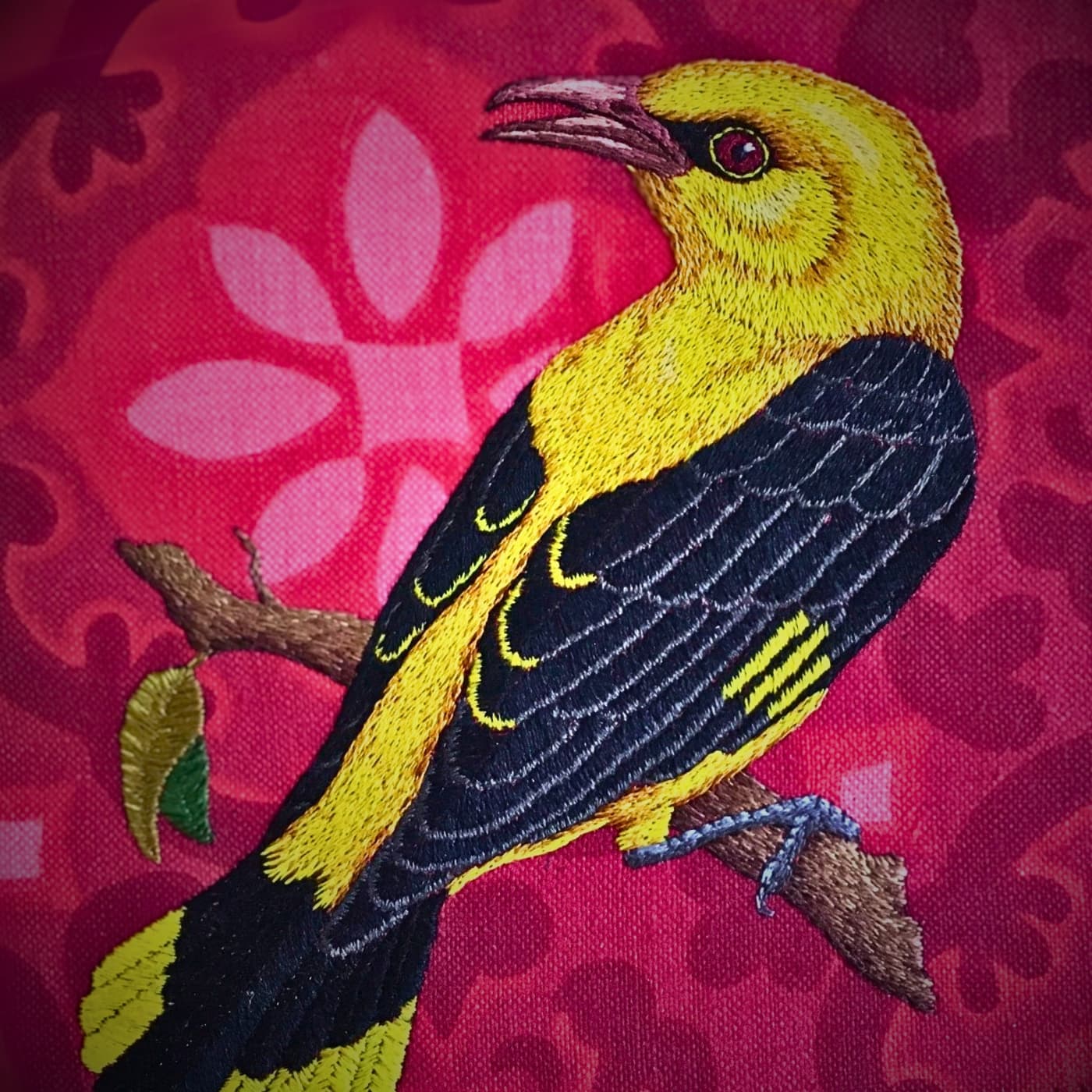
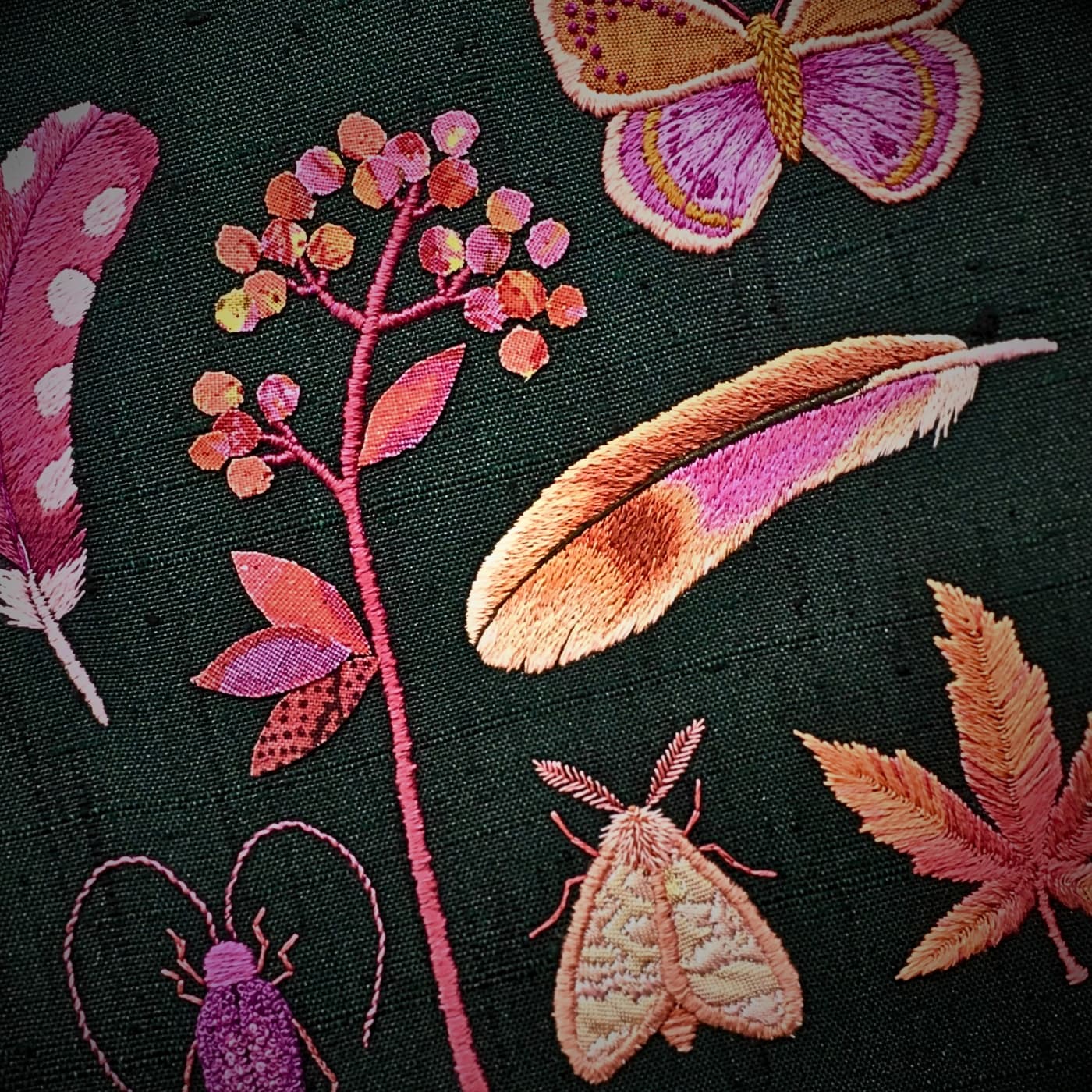
Drawing inspiration
I live and work from home in the village of Blewbury in Oxfordshire. I don’t have a dedicated studio. Instead, I’ve taken over a large area at the back of the house that overlooks our back garden and the village church. For a 1960s house, it’s a pretty idyllic place to live and work. It was built on what used to be part of Kenneth Grahame’s orchard, author of the children’s classic, Wind in the Willows.
Becoming comfortable with drawing allows more ideas to flow – even if most of them may never be realised in stitch.
Yvette Phillips, Textile artist
I always have a sketchbook and pencil close at hand. Not just for planning specific pieces of work but for general doodling of ideas and making notes.
Planning a new piece of work always starts with lots of drawing. I work through various possibilities and elements of the design until I’m ready to draw it to scale on tracing paper. I use a lot of tracing paper, especially for collages or where a picture has multiple appliqué elements. I use the tracing paper drawing to help position the fabric pieces correctly.
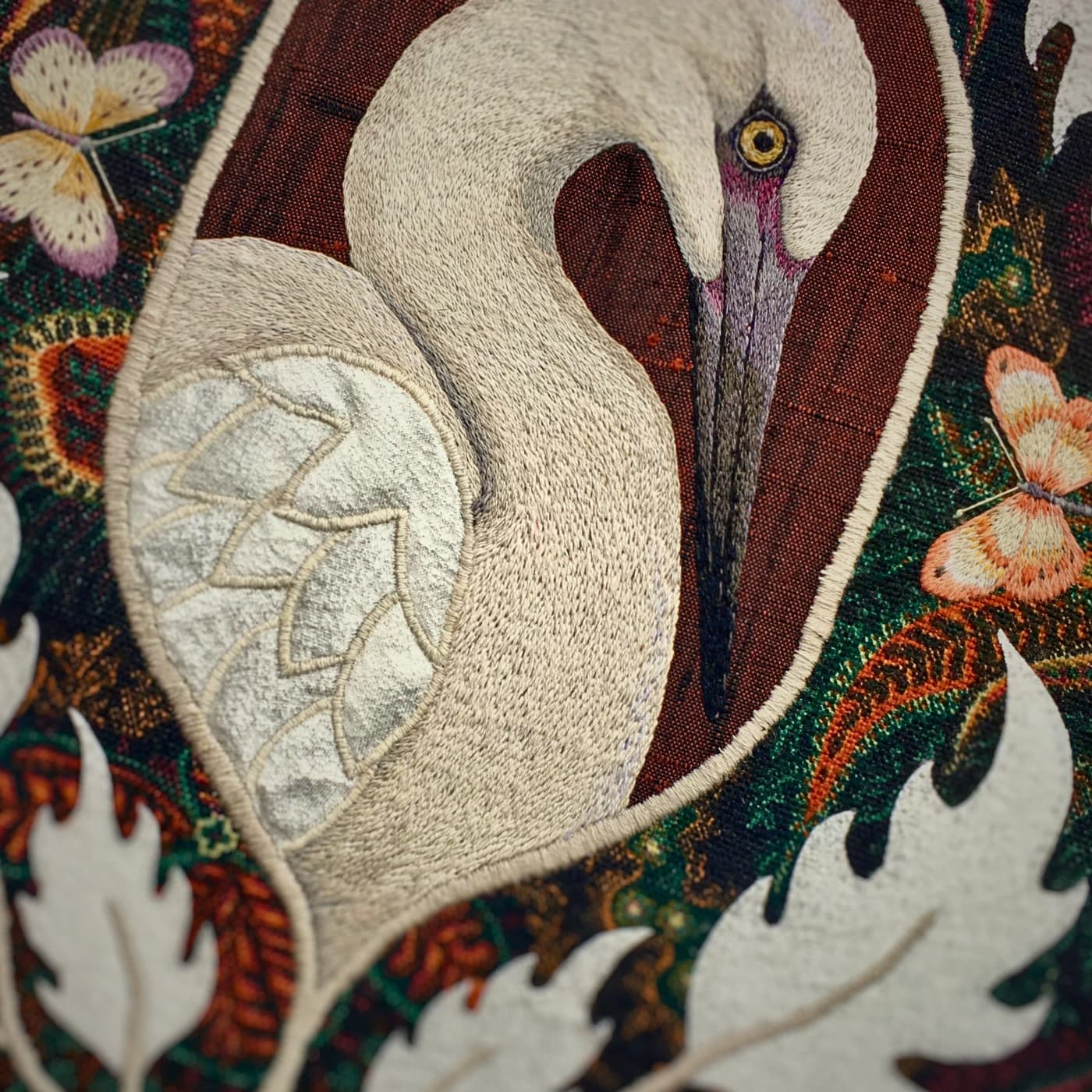
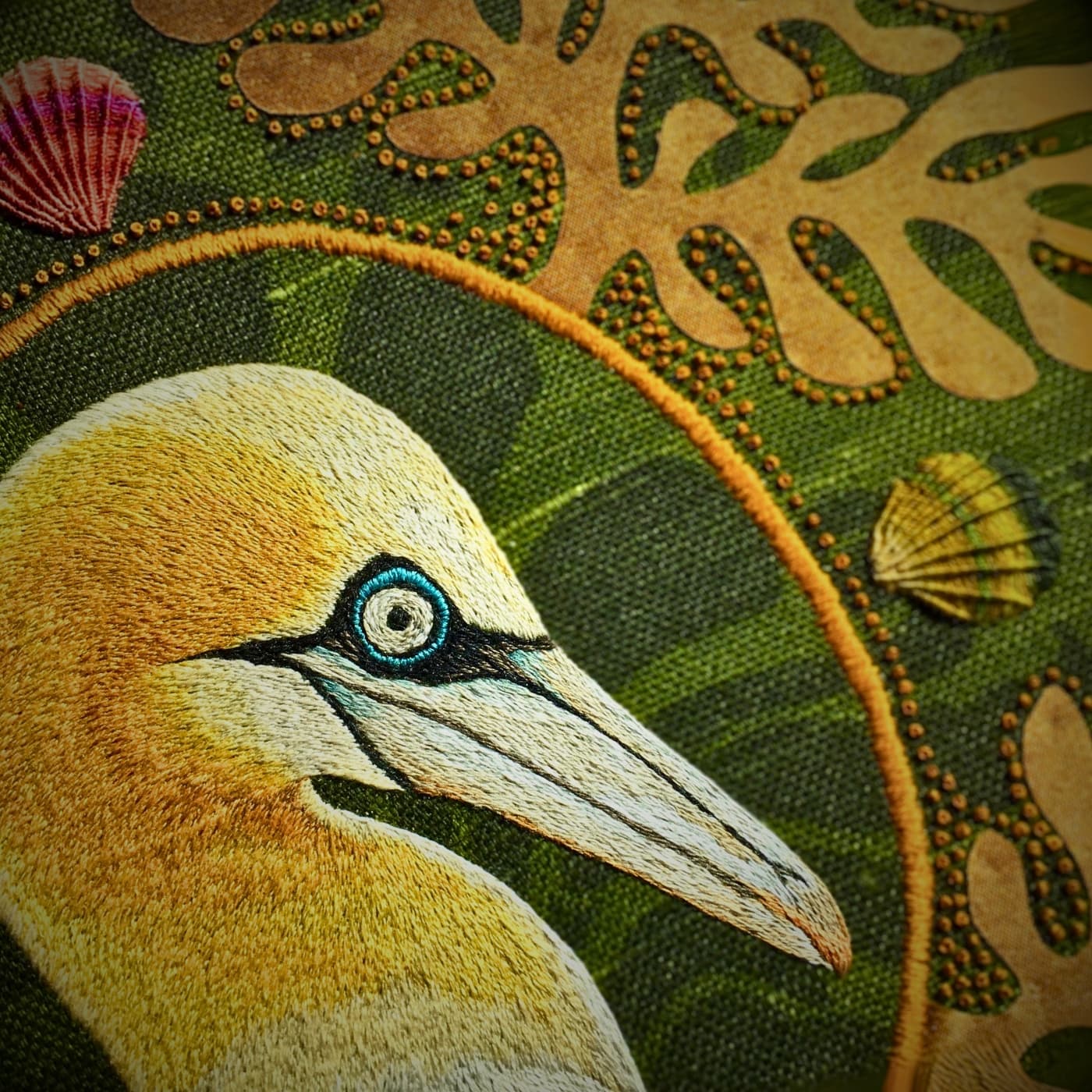
Appliqué & collage
My work ranges from small, fairly straightforward hand embroideries on vintage fabric, to more complex pictures with a mixture of detailed hand embroidery and appliqué, to very large textile collages, which can be over one metre (three feet).
For the very large collages, I machine stitch the fabric pieces in position. I try not to make the machine stitching too obvious as I prefer to allow the colours, patterns and shapes to shine. Whereas the hand-embroidered elements are all about seeing the details and texture of the stitching.
While I relish the freedom of machine stitching and the different ways of working it brings, nothing beats sitting down with a cup of tea, my cat Basil, the radio, and some hand embroidery. I simply love it.
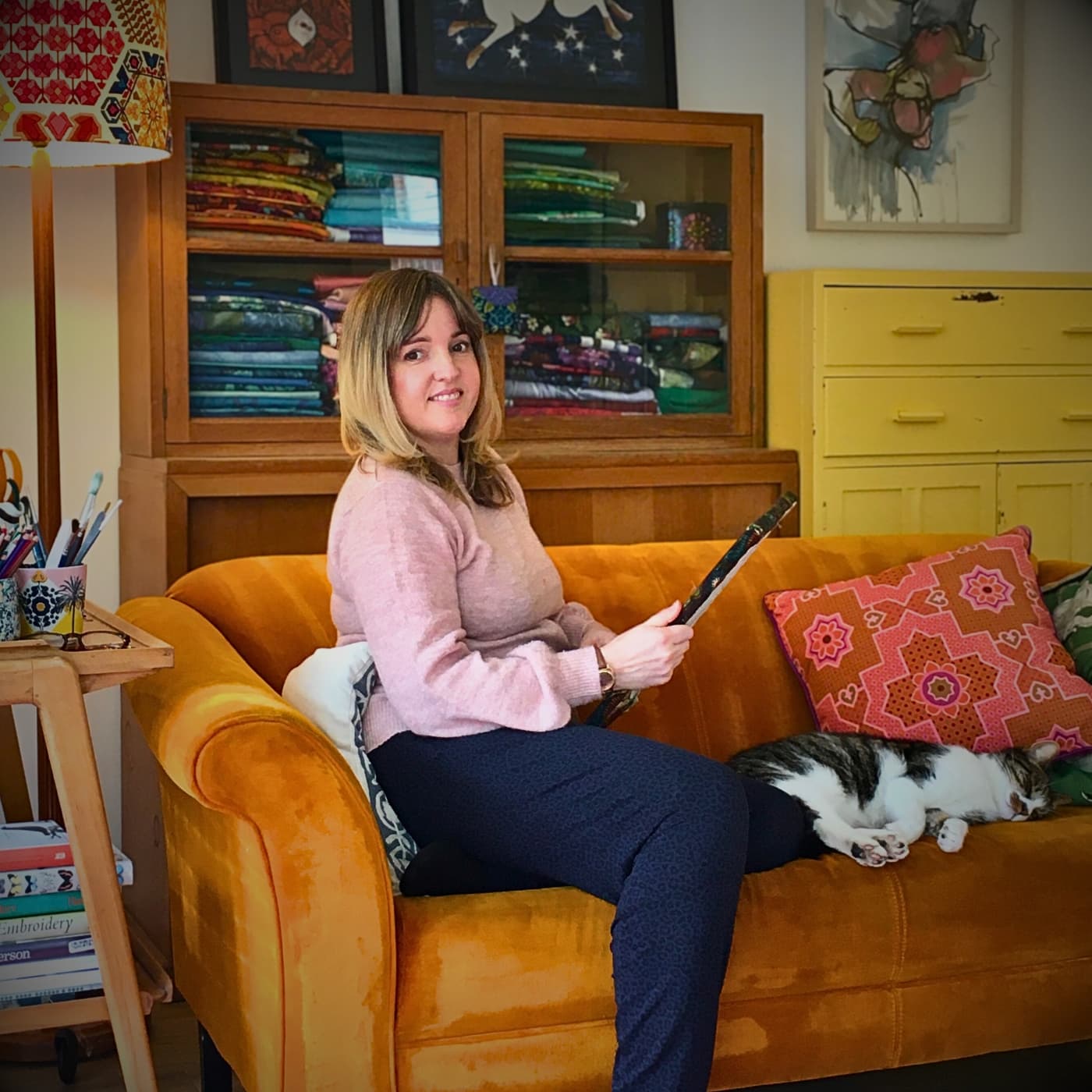
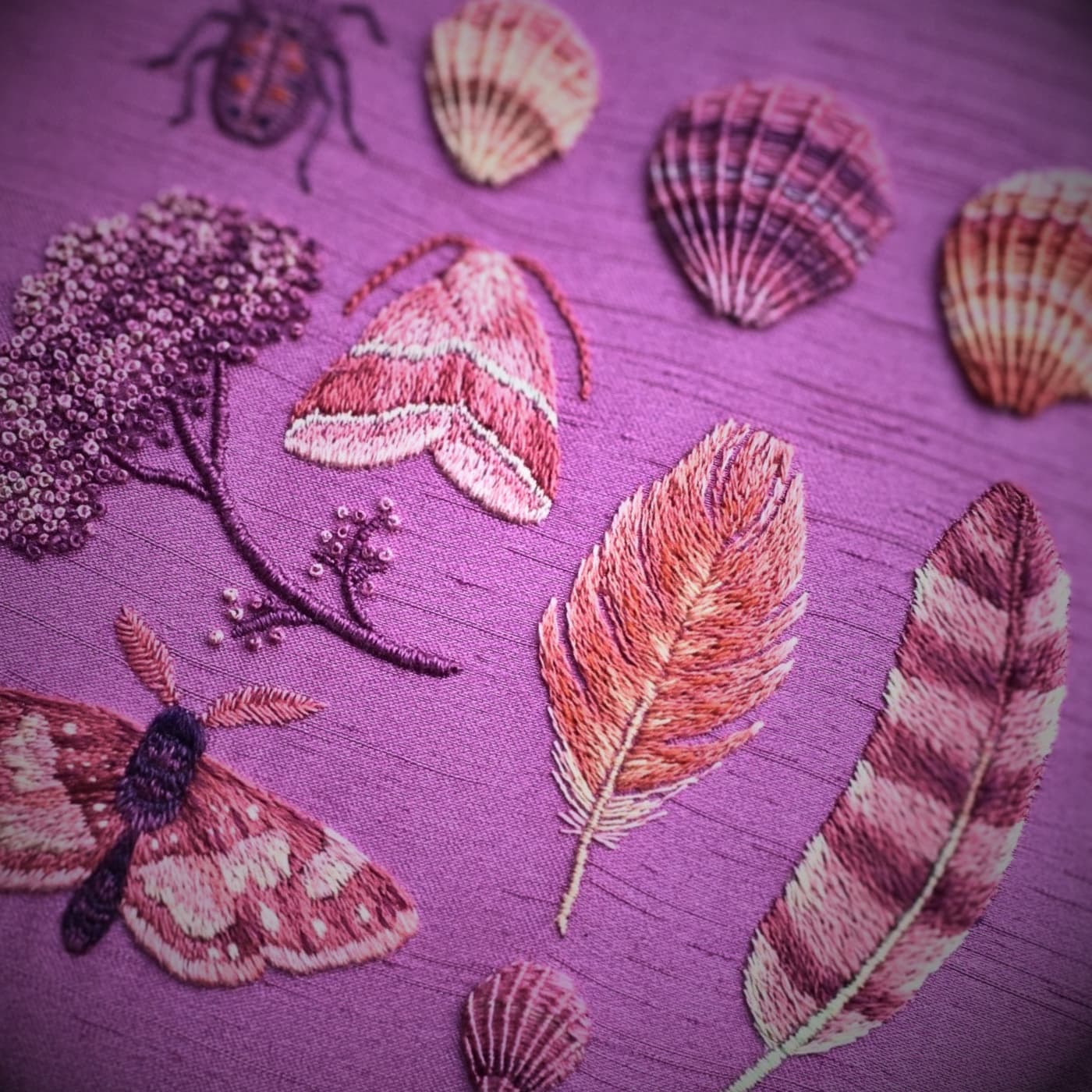
It’s all about the fabric
The problem with vintage fabric is, that if you fall in love with something, the knowledge that you might never come across more of it, makes it hard to resist! I have boxes and boxes of it in the loft – more than I could ever use. Of course, that doesn’t stop me from wanting more – it’s definitely an addiction that I find difficult to resist.
I deliberately buy as few new materials as possible and only when I really need to, for example, needles, calico and stretcher bars which I mount my work on. I try not to buy any vintage fabric but when I do, my main source is eBay.
I mostly limit myself now to looking for plain vintage silks, which are great for stitching on. I’m also very partial to mid-century painterly abstract designs, which are brilliant for collage. Apart from eBay, I occasionally pick up vintage curtains from antique shops or have pieces gifted to me.
Vintage fabrics may need a gentle wash before using. Also due to the production methods used, they may be prone to fading (although this is also the case for many artist mediums and contemporary fabrics).
I frame and glaze my finished pieces to protect them as much as possible and use ultraviolet (UV) protected glazing when I can. I always advise buyers of my work not to hang the piece in direct sunlight.
Threads of influence
I have no formal training in embroidery but I can trace my love of sewing and textiles back to childhood holidays visiting my grandparents on the Isle of Wight. My favourite pastime was going through my granny’s sewing box and being encouraged to experiment with the contents. Sewing has been a constant in my life in one form or another since then – from making my own clothes in my teens and twenties to soft furnishings and collecting vintage fabrics as an adult.
My mother Susan Phillips McMeekin was and still is, a huge influence on me. She’s always been extremely encouraging of my own artistic path. She was a student at the Royal College of Art (RCA) in the 1960s before going on to have an illustrious career as a goldsmith designer. Most of her design work was secret due to the clientele but some of her designs are held by the Victoria & Albert Museum.
I did a mixed media degree at DeMontfort University. After an initial foundation year of studying various disciplines, I specialised in printmaking. It was then I began using a lot of collage and also machine stitching in my work – techniques that I still use today.
While studying I was very influenced by the artist Richard Shirley-Smith who once lived in Blewbury. His work has a surreal, dream-like quality that I love and that inspired my printmaking and collage work. He also painted beautiful murals, something that I did myself for about a year after finishing my degree.
In my twenties, I spent a year studying for an interior design diploma. While this made me realise I did not want to be an interior designer, it did reinforce my love of textiles.
My work is a result of this lifelong love of textiles and sewing, plus my art school education.
Do what you enjoy and follow your obsessions, then I think that passion will come across in your work.
Yvette Phillips, Textile artist
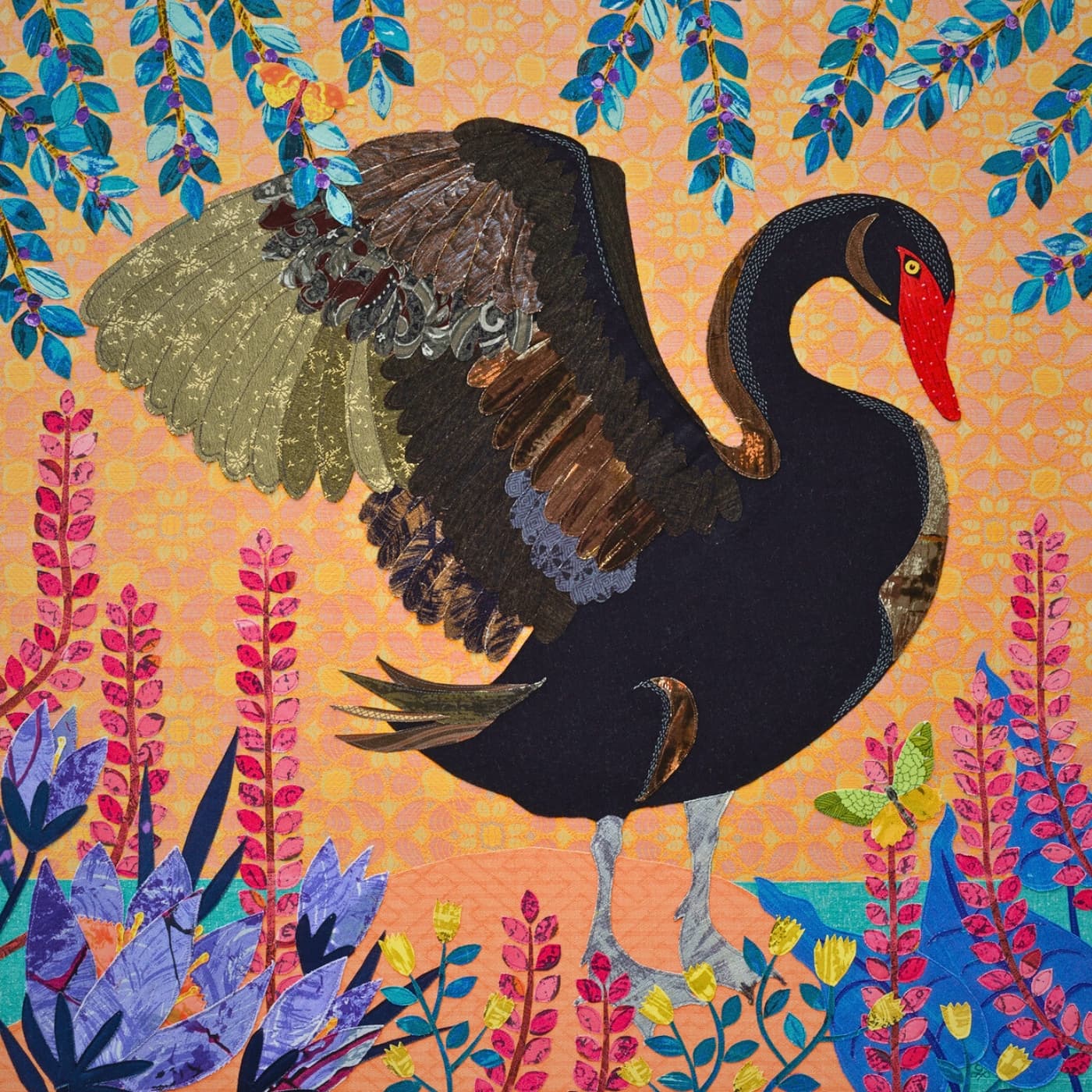
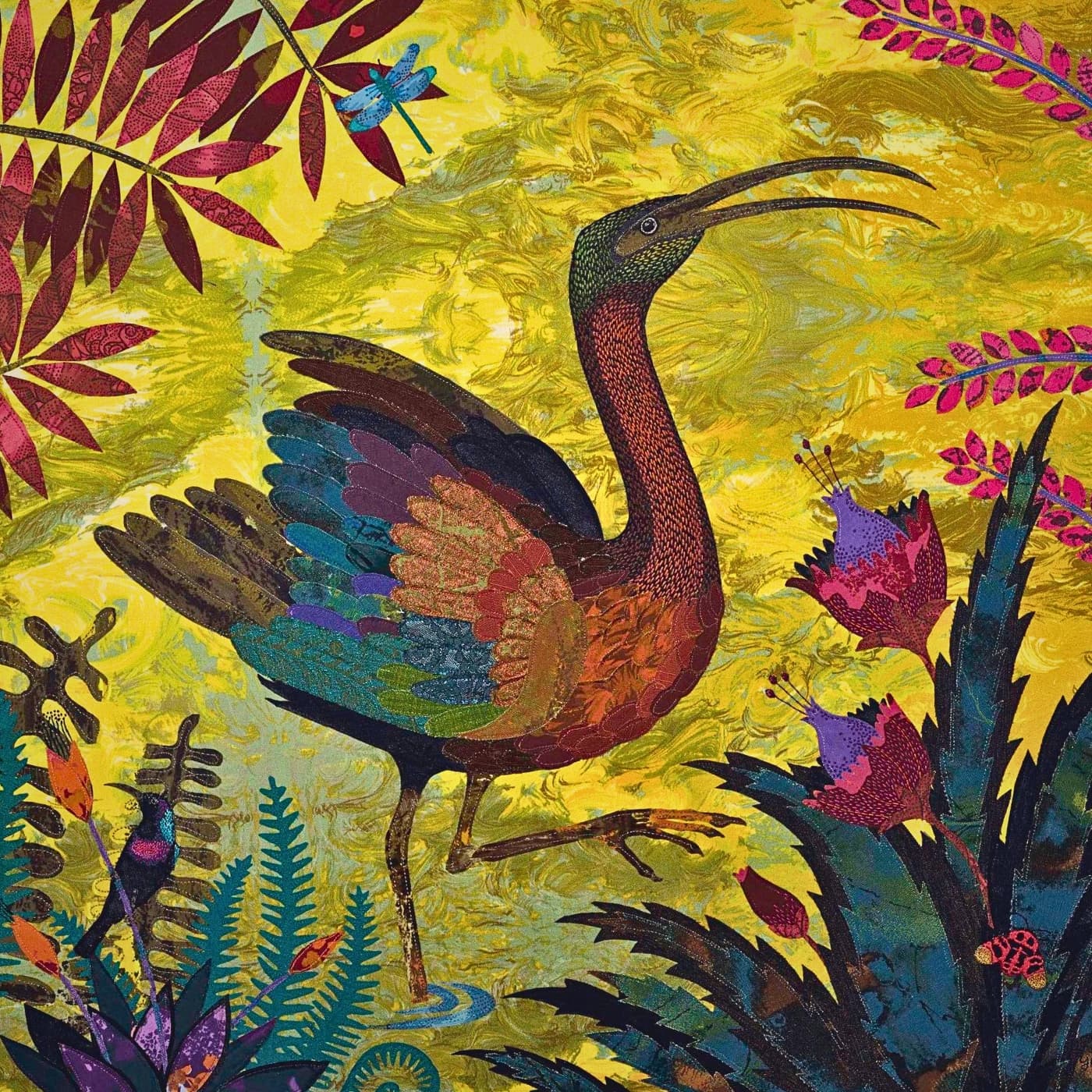
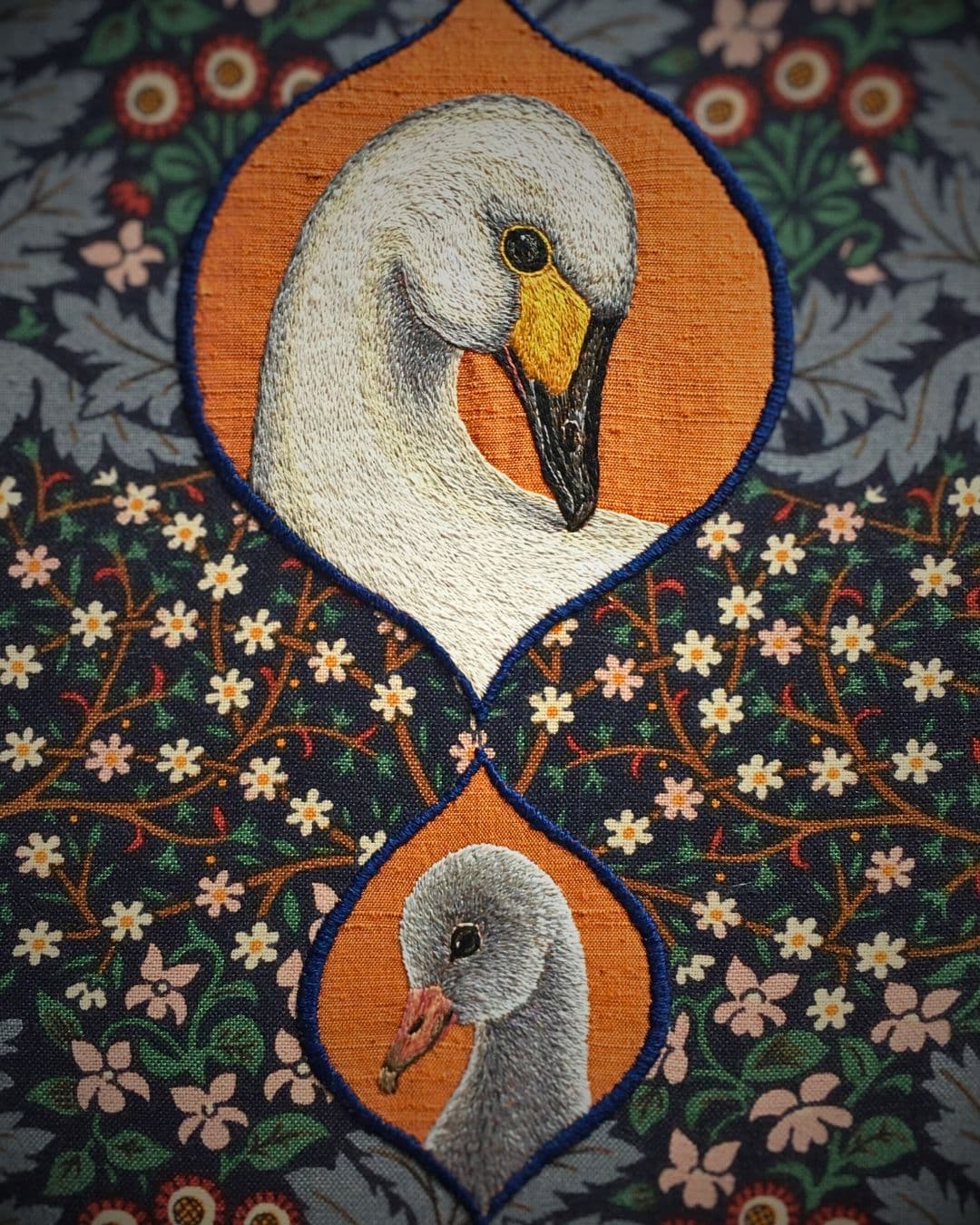
A pivotal portrait
After a period of working in the music industry as a product and production manager for the band Oasis, I eventually returned to my artistic roots after my children were born. A turning point was the day I made a textile collage of my four-year-old daughter.
I’d been collecting vintage textiles for a while at that point and was making and selling soft furnishings, as that was something I could work around having small children. Although I used to draw my son when he was little, when it came to my daughter I suddenly had the idea of making her portrait using some beautiful vintage fabric I had in front of me.
It was a simple silhouette of her head surrounded by flowers and foliage from vintage fabrics. I was unstoppable after that. All the creativity that I’d somehow been suppressing came flooding back, and things just developed from there.
It all came so naturally that I kicked myself for not starting down that path sooner.
I regained the headspace and my sense of self enough to do so once my children had reached a certain age – something many women might identify with.
Making connections
Every year I exhibit at Oxfordshire Artweeks. This is the UK’s oldest and biggest artist open studios and pop-up exhibition event. It is a brilliant and supportive platform for exhibiting locally and I am a volunteer area coordinator.
Because my work is so slow to produce it’s frustrating that I’m not able to exhibit more often but I also try to submit individual pieces to various exhibitions.
Visitors always love a peek into the thought processes behind the work so I always have some of my sketchbooks with me when I exhibit.
Usually, one or two lovely people turn up with donations of vintage fabric and threads, often inherited. I love hearing their stories about where it’s come from and the fact that they’ve thought of me and my art. It means a lot that someone has gifted me something that belonged to their mother or grandmother and that they really can’t bear to throw away. I love the chance to give it a new lease of life.
There’s something about textiles that is so comforting. We are surrounded and cocooned by them, in the form of clothes, curtains, cushions etc, so it’s easy to take them for granted.
They connect us with places such as homes we’ve lived in, clothes we once wore, or someone special who is no longer with us.
Textiles have the power to trigger memories and emotions, and that’s a real draw for me.
Yvette Phillips, Textile artist
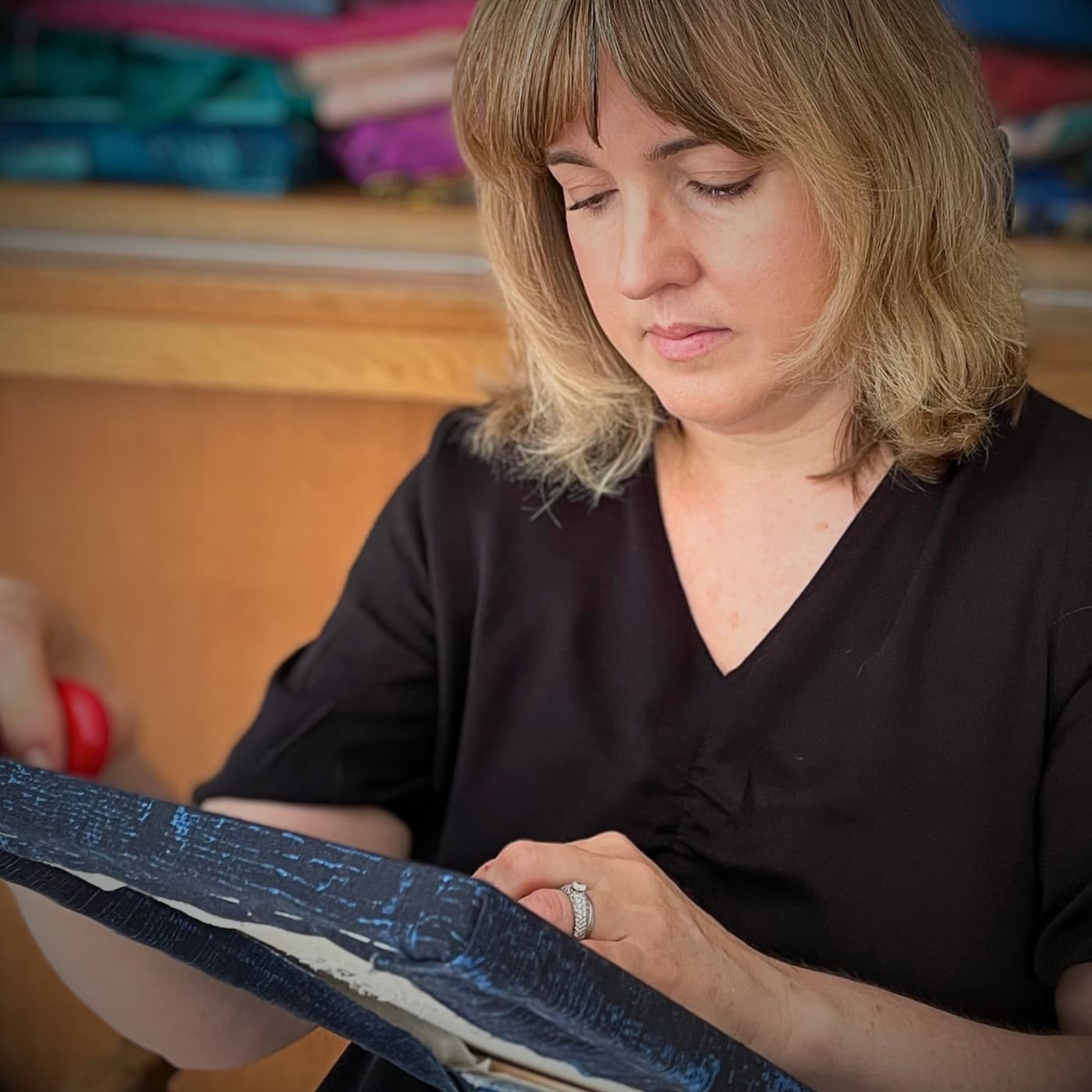
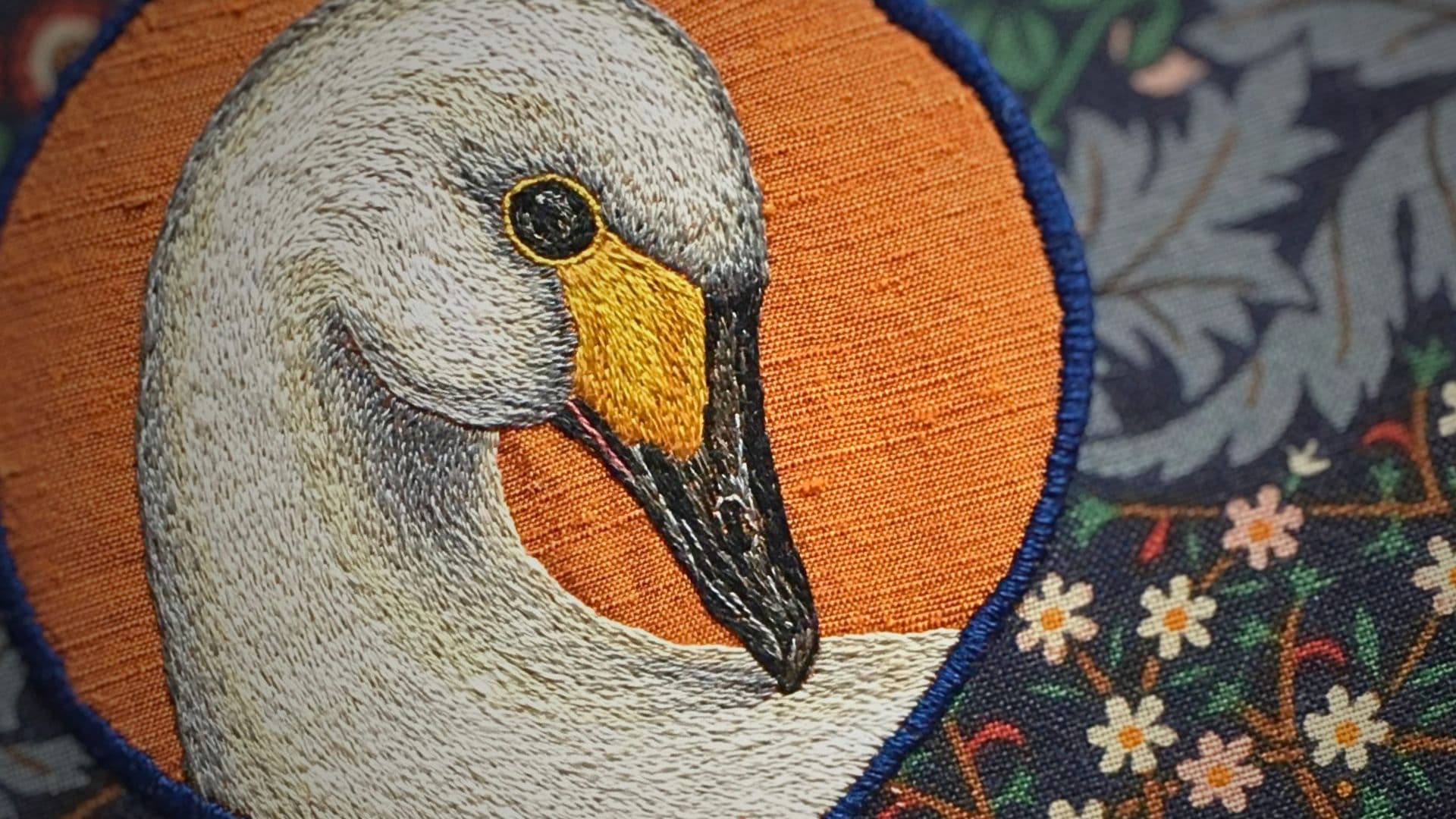

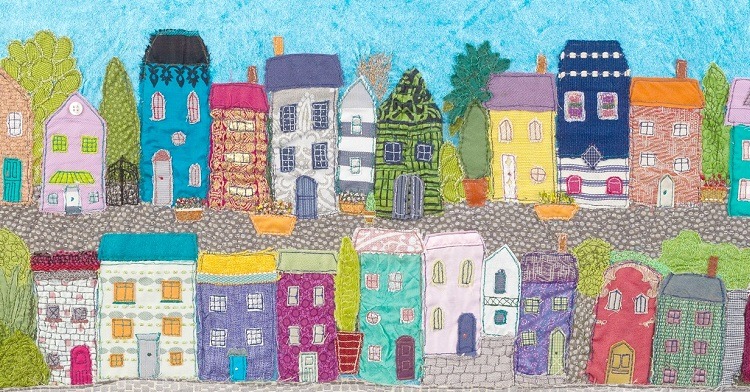
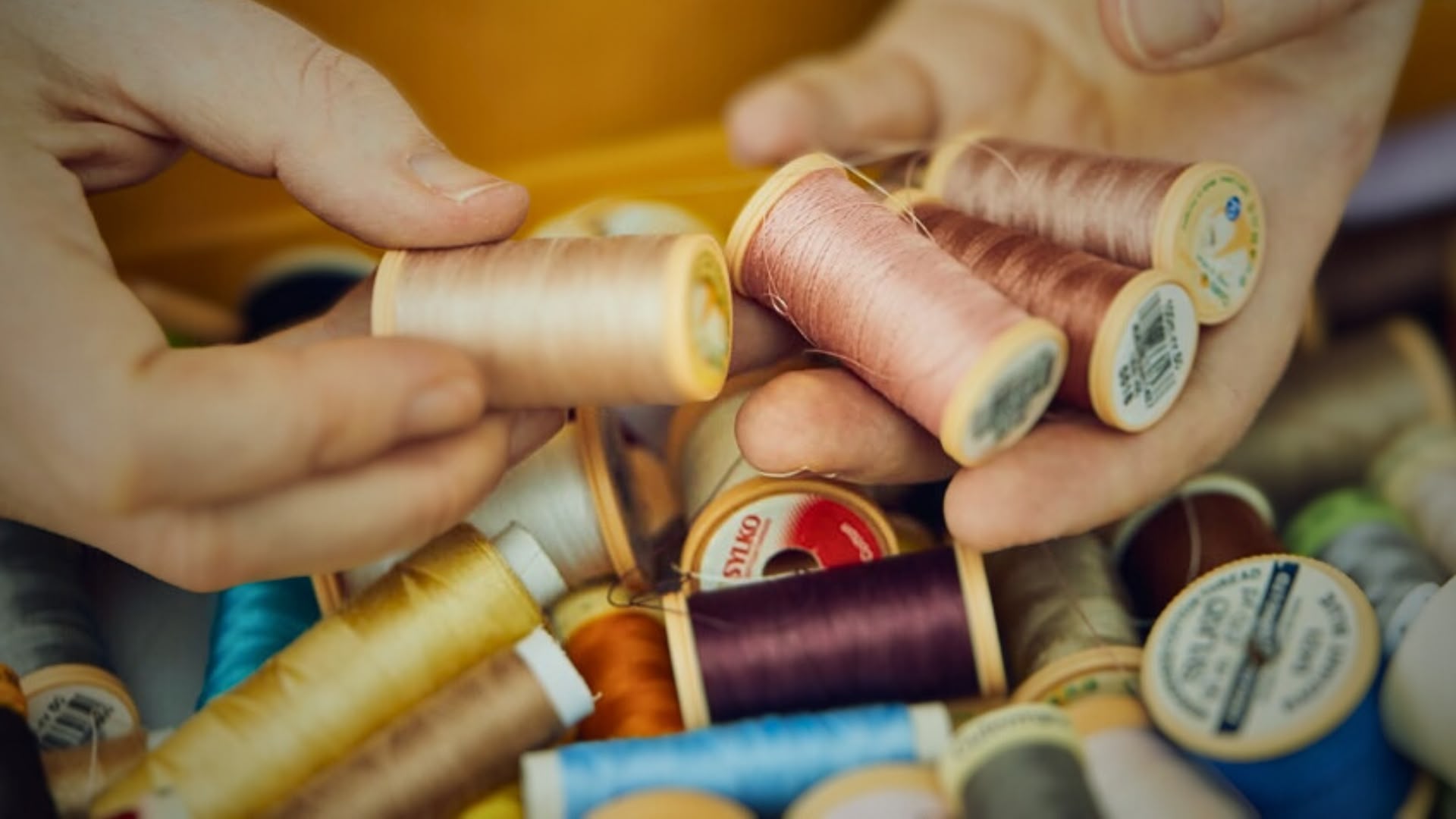
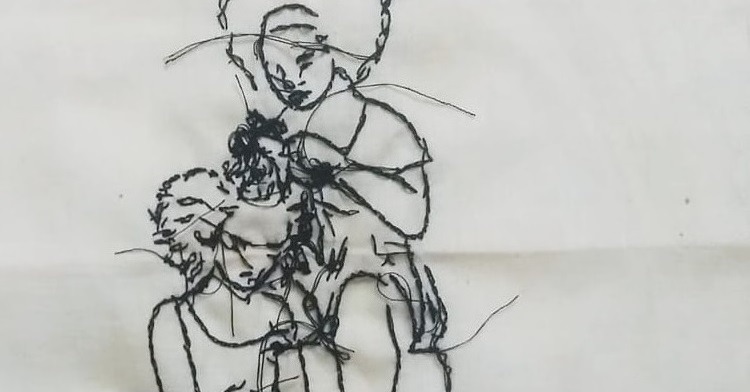
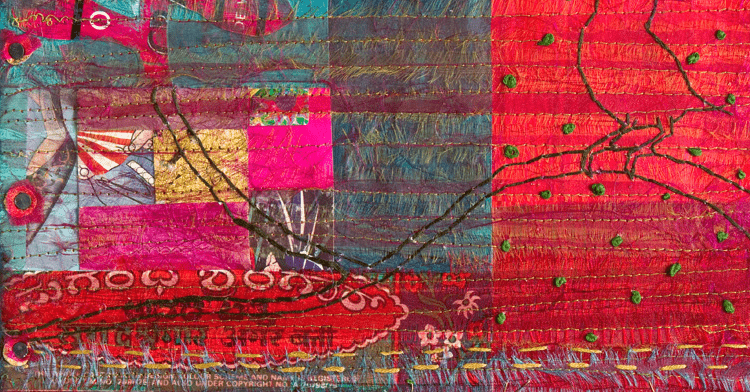
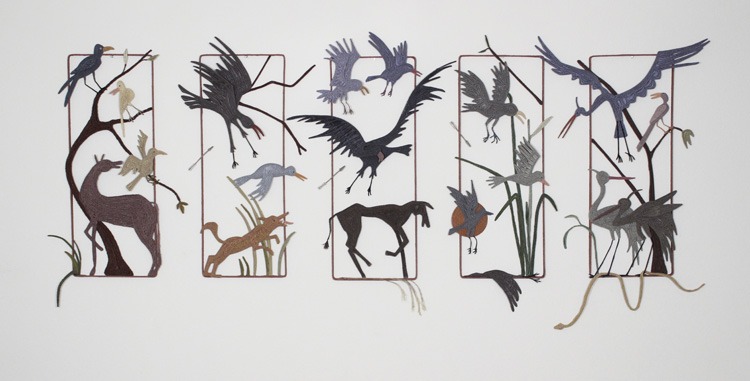
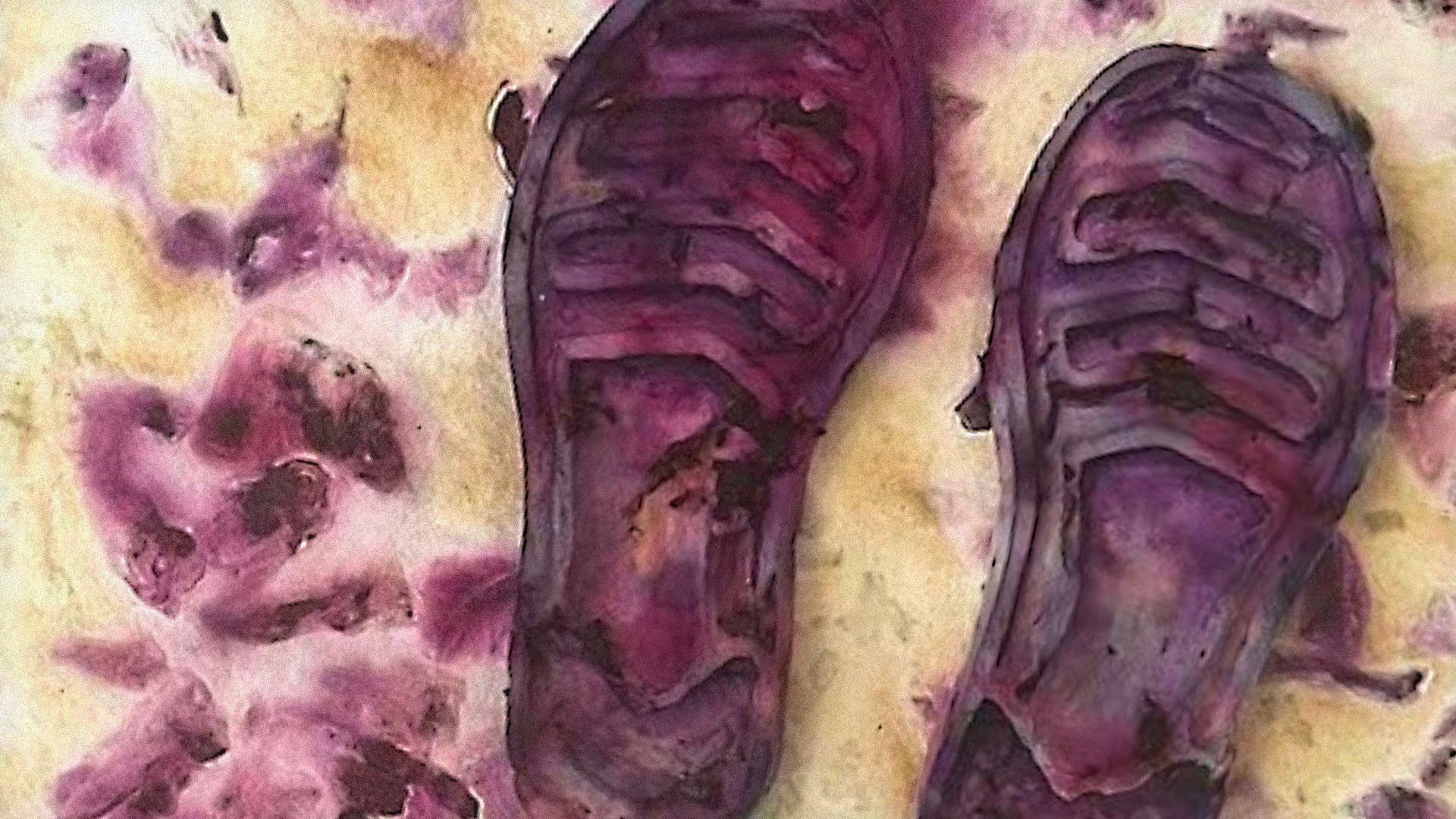
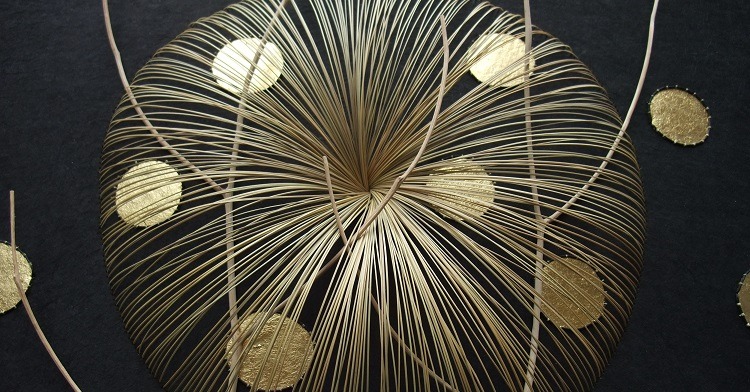
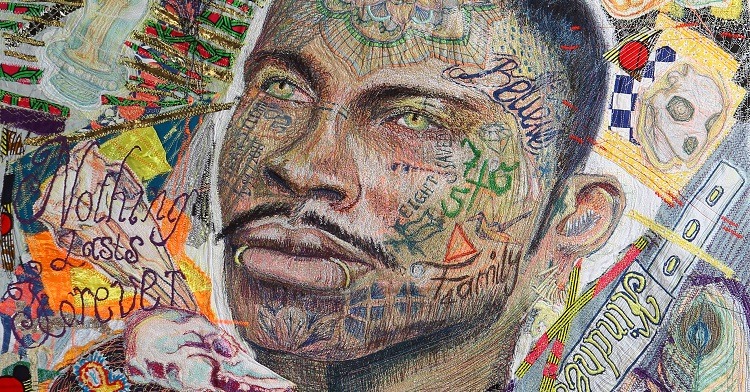
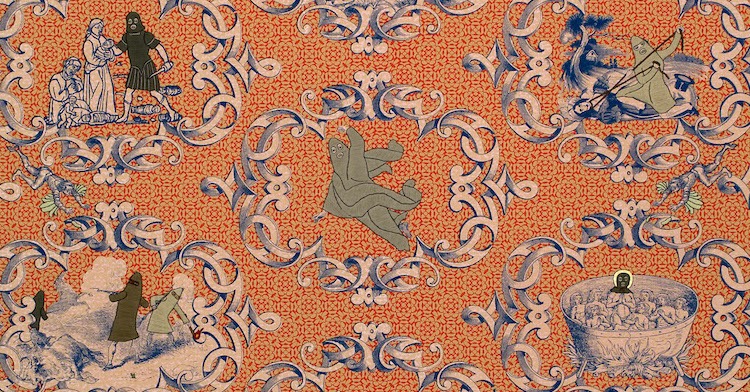
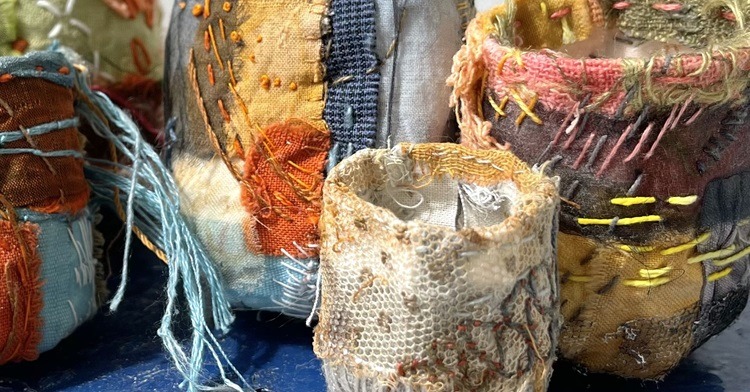
Comments